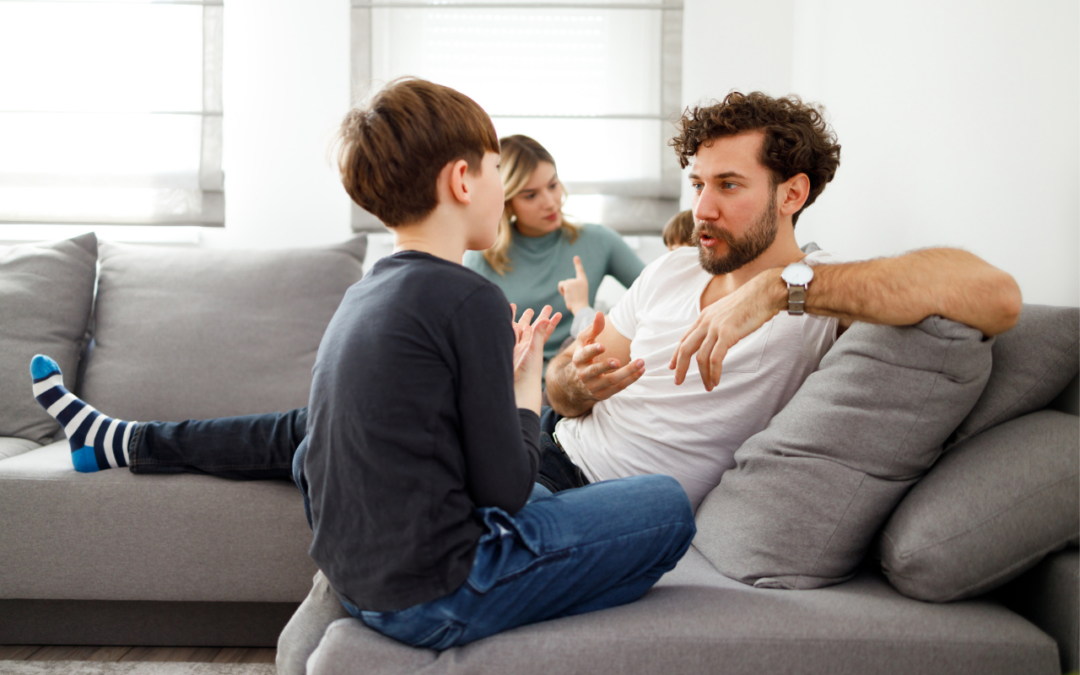Conflict is a natural part of life, and teaching children how to manage disagreements in a healthy way is an essential skill for their emotional and social development. Instead of avoiding or suppressing conflict, kids can learn to navigate disputes with respect and understanding. Here are some simple and effective conflict-resolution strategies that children can easily understand and apply.
1. Use “I” Statements
Teaching children to express their feelings using “I” statements helps them communicate without blaming. For example:
- Instead of: “You never let me play!”
- Teach them to say: “I feel upset when I don’t get a turn.”
This approach helps children take responsibility for their emotions and encourages open conversation.
2. Practice Active Listening
Encourage children to listen to each other without interrupting. Teach them to:
- Maintain eye contact.
- Nod or show they are listening.
- Repeat back what the other person said to confirm understanding (e.g., “So you’re saying you feel left out?”).
Active listening ensures that each child feels heard and validated.
3. Take a Break When Needed
Sometimes, emotions run high, making it hard to resolve conflicts calmly. Teach kids to step away for a few minutes to cool down before discussing the issue. Taking deep breaths or counting to ten can help them regain composure before talking things through.

4. Encourage Finding a Solution Together
Rather than dictating a solution, help children brainstorm ways to resolve their conflict together. Ask questions like:
- “What would make this fair for both of you?”
- “How can we solve this so everyone feels okay?”
This helps kids develop problem-solving skills and fosters cooperation.
5. Teach the Power of Apologizing and Forgiving
Apologies should be sincere and specific. Instead of just saying “Sorry,” guide children to say:
- “I’m sorry for taking your toy without asking. Next time, I’ll ask first.”
Similarly, encourage kids to forgive and move on, teaching them that holding onto anger is not productive.
6. Role-Play Different Scenarios
Practicing conflict resolution through role-playing can be a fun and effective way to reinforce skills. Set up situations where kids can practice using “I” statements, active listening, and problem-solving techniques.
7. Model Healthy Conflict Resolution
Children learn by watching adults. Demonstrate positive conflict resolution by handling disagreements with patience, respect, and a willingness to compromise. If they see you managing disputes constructively, they will be more likely to do the same.
8. Use a Peace Corner or Time-In Space
Create a designated space where children can go to calm down and reflect before addressing the issue. This area can have soft cushions, a feelings chart, or calming activities like coloring to help kids self-regulate before resolving their disagreement.
9. Reinforce Empathy and Perspective-Taking
Teach children to see situations from another person’s perspective by asking:
- “How would you feel if that happened to you?”
- “What do you think they are feeling right now?”
This encourages compassion and helps them consider others’ emotions before reacting.

10. Praise Positive Conflict Resolution
When children successfully resolve a conflict on their own, acknowledge their efforts. Reinforce their good behavior with positive reactions, like saying, “I’m proud of you for talking it out instead of arguing.”
By teaching children these simple and practical strategies, they will develop lifelong conflict-resolution skills that promote harmony and emotional intelligence. Encouraging patience, respect, and understanding will help them navigate conflicts in a way that strengthens relationships rather than damages them.
Learn more research-based parenting skills by taking one of our R3 Academy workshops – https://r3academy.org/

